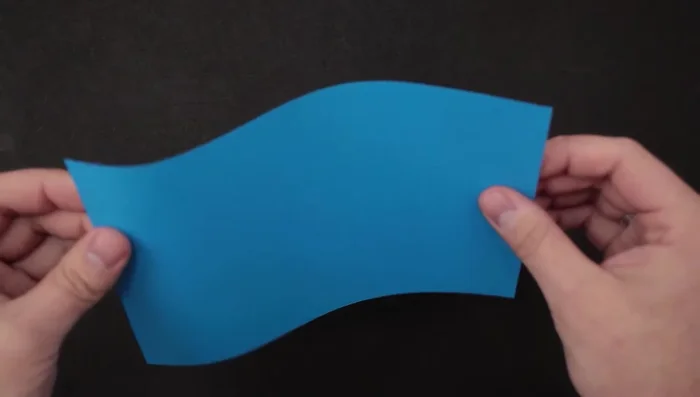Origami, the ancient art of paper folding, offers a delightful way to create beautiful and functional objects from a single sheet of paper. From intricate cranes to charming animals, the possibilities seem endless. But you don't need years of practice to enjoy the rewards of origami; even beginners can master simple yet impressive designs. Today, we'll explore one such project: crafting a neat and practical origami paper box, perfect for storing small trinkets, gifts, or even as a decorative element. This versatile box is surprisingly easy to make, and requires no special tools or skills beyond a square sheet of paper and a little patience.
This easy origami paper box tutorial provides a clear and concise step-by-step guide, perfect for both newcomers to origami and those looking for a quick and satisfying crafting project. Whether you're looking to organize your desk, add a personal touch to gift-giving, or simply enjoy the meditative process of paper folding, follow along as we meticulously unfold the process of creating your very own origami box. Let's begin!
Preparation and Safety Guidelines
- A4 paper (or half sheet)
- Use sharp scissors carefully to avoid cuts. Adult supervision is recommended, especially for children.
- Be mindful of the creases; pressing too hard can damage or tear the paper. Use a bone folder or similar tool for crisper folds if desired.
- Start with a square piece of origami paper for the best results. Improper sizing may affect the final shape and stability of the box.
Step-by-Step Instructions
Prepare the Paper
- Divide the top edge of the paper into thirds by bending it like an 'S' and pinching to make marks.

Prepare the Paper Create Vertical Folds
- Using the marks as a guide, fold a new vertical line.
- Fold the paper in half, bringing the right side to the left.
- Fold it in half again, bringing the edge back to the right.
- Repeat step 3 on the other side (bring the left side to the right).




Create Vertical Folds Initial Fold and Corner Folds
- Fold the entire paper in half.
- Open the right side and fold both top and bottom corners to the existing vertical line. Crease sharply.
- Repeat step 7 on the left side.



Initial Fold and Corner Folds Create Diagonal Folds
- Turn the paper over and fold a new line connecting the two top corners. For best results, pre-fold and unfold to crease the line well.
- Repeat step 9 on the bottom side.


Create Diagonal Folds Final Fold and Unfolding
- Turn the paper over and fold one more time for a crisper result.
- Unfold the box carefully.


Final Fold and Unfolding
Tips
- Use a whole sheet of A4 paper or half a sheet.
- Crease folds sharply for a cleaner finish.
- Pre-creasing the lines before final folds helps create crisper lines.











